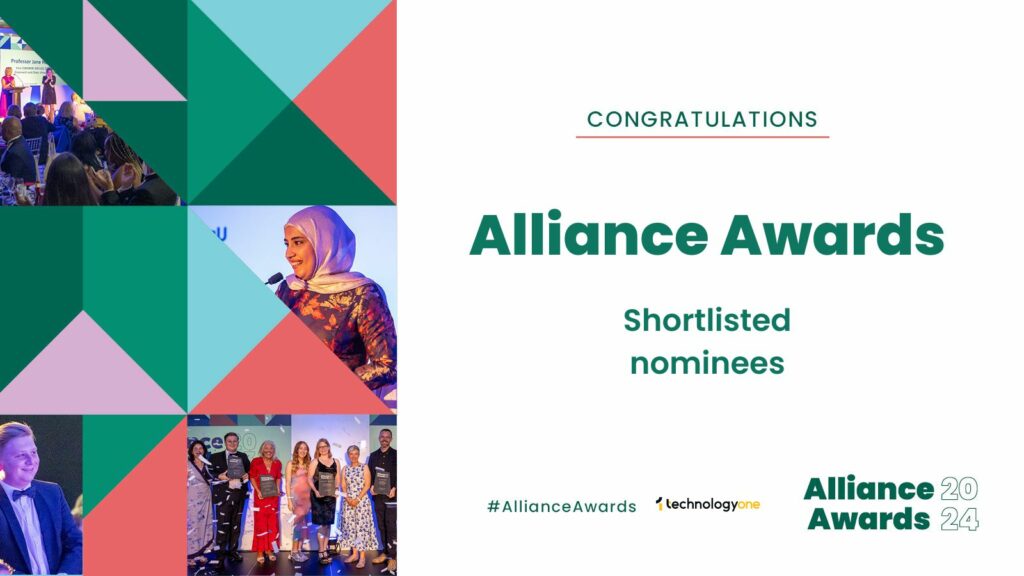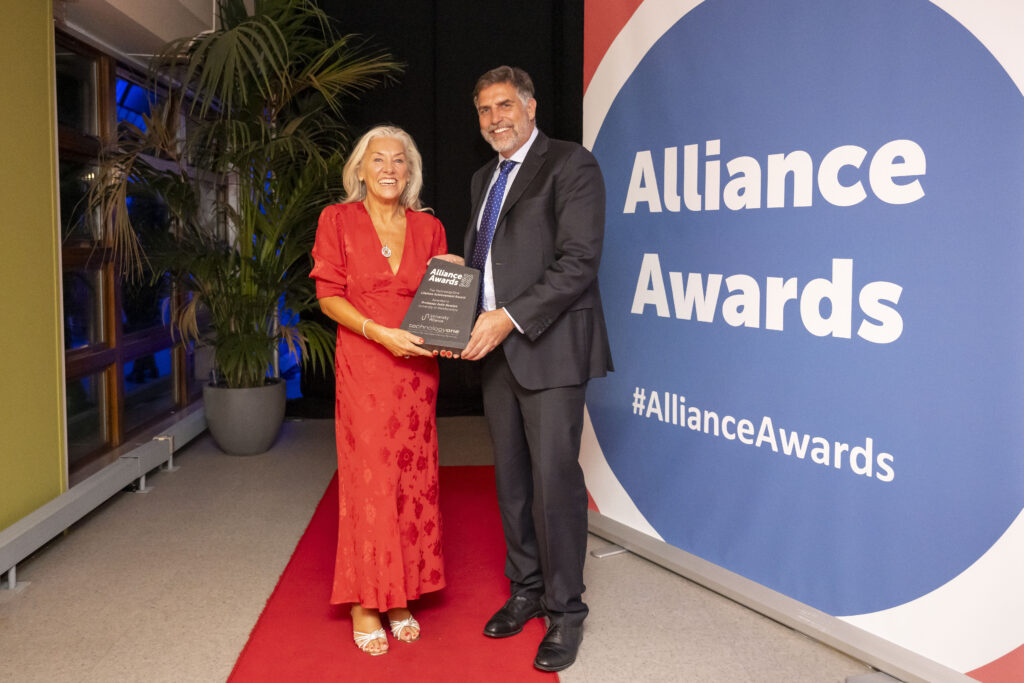 …well, we probably do all want to change the world. And in powertrain engineering, change is happening at an unprecedented rate. Driven by both legislation and consumer demand, vehicle and engine builders are investing billions to develop more economical, smaller and more lightweight drive systems. Although the engine remains the heart of the powertrain, it is now supported by a range of additional components and sub-systems designed to reduce emissions and make the vehicle more economical. What was new technology only a few years ago has rapidly become our standard expectation, and we car drivers are now expecting not only fuel economy improvements but also increased performance and excitement.
…well, we probably do all want to change the world. And in powertrain engineering, change is happening at an unprecedented rate. Driven by both legislation and consumer demand, vehicle and engine builders are investing billions to develop more economical, smaller and more lightweight drive systems. Although the engine remains the heart of the powertrain, it is now supported by a range of additional components and sub-systems designed to reduce emissions and make the vehicle more economical. What was new technology only a few years ago has rapidly become our standard expectation, and we car drivers are now expecting not only fuel economy improvements but also increased performance and excitement.
The industry is striving to add the most value to the customer for the least cost. So motors and generators are being added to the traditional engine and gearbox to both help with vehicle acceleration and recover energy when braking. These new hybrid powertrains bring many new design freedoms and parameters to be optimised. For example, battery type, electrical system voltage, motor type, speed range and electronic control architectures are hotly debated topics. It is a considerable challenge to develop the best system for the application, but the rewards to the company with a better technology will be great, so research and development competition is fierce.
Borg Warner are working with the University of Huddersfield to develop technologies that will provide real advantages to our turbocharger product range. Increasingly the product development is interdisciplinary and needs the traditional turbocharger engineering disciplines (e.g. aerodynamics, rotordynamics, materials science, sound and vibration) to be blended with “new” disciplines such as electric machines and power electronics. It is difficult to recruit the required talent in these new disciplines, competing with customers developing hybrid powertrains and the electricity industry working on renewable generation. Electrical machines engineers are a niche within electrical engineering, and those with experience of design at very high rotational speeds are an even smaller niche. So a collaboration with the university is an ideal way to develop the technology and gain access to the necessary talent.
Collaboration between universities and industry is something that has been encouraged by successive governments yet from time-to-time we still see surveys which suggest we are less good at this than other nations. For the collaboration to work well it is necessary to understand the motivation and goals of each of the partners right from the outset of the project. The industrial partner must be able to demonstrate the return on the investment, leveraging the skills and resources in the university to efficiently develop better products. The university team is ultimately measured on quality and number of publications, so there must be some form of information dissemination aspect to the project. This often conflicts with the desire for the industrial partner to keep things under-wraps, so a clear understanding of what will be published when is necessary.
We are pleased to be working with the new Turbocharger Research Institute (TRI) at the University of Huddersfield who have considerable industrial experience amongst their staff, and as it happens the BorgWarner team have a number of members with some experience of working within universities. So both sides have an understanding of the other and it has been reasonably easy to define a research plan which meets the needs of both parties.
Our collaboration goes beyond research. The TRI has developed an MSc in Turbocharger Engineering and a number of BorgWarner engineers are currently participating in the inaugural year of this course. Some of the MSc material is now being developed into short courses which will allow engineers to learn key information without the time commitment required by the MSc.
In a few years we expect to be reflecting on the specific research goals having been successfully delivered. There are also additional, less easily quantifiable advantages of university collaboration: easy access to the literature, calculations speeded by the university’s High Performance Computing unit, alternative views and unexpected insights arising from regularly contacting the academic environment. As I said earlier, it is a very exciting time in powertrain engineering. The TRI is helping us change the world for the better.
This research was featured as part of our Real World Impact project launched earlier this year. You can find more Real World Impact case studies here.




